|

Polaron dynamics in two-dimensional photon-echo
spectroscopy of molecular rings

Thanh Duc
Huynh, Kewei Sun, Maxim Gelin,
and Yang Zhao, Journal of Chemical Physics (2013)


Dynamics
of a two-level system under the influence of a spin bath and a boson bath
simultaneously 
Ning Wu and Yang Zhao, Journal of Chemical Physics (2013)

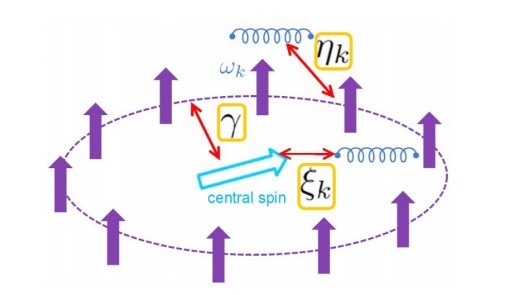

Entanglement
dynamics of two qubits coupled individually to Ohmic
bath 
Liwei Duan,
Hui Wang, Qinghu Chen, and Yang Zhao, Journal of
Chemical Physics (2013)

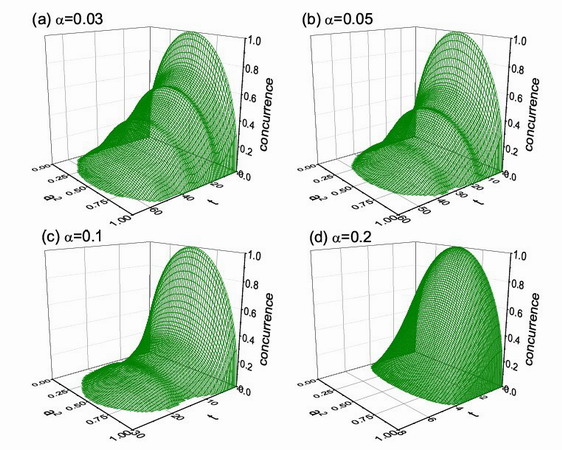


Role
of Formation of Statistical Aggregates in Chlorophyll Fluorescence
Concentration Quenching 
Wujin Shi, James Barber, and Yang Zhao, Journal of
Physical Chemistry B (2013)

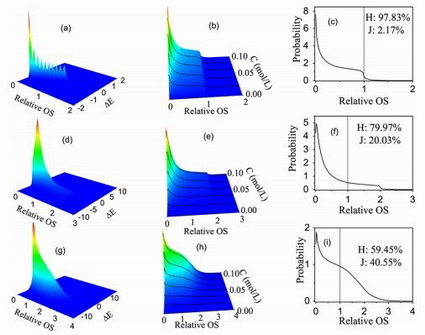

Environmental
Effects on Electronic Transitions of the FMO Complex 
J.K.
Gao, W.J. Shi, X.Q. Wang, H. Hirao, and Y. Zhao,
Journal of Physical Chemistry B (2013)

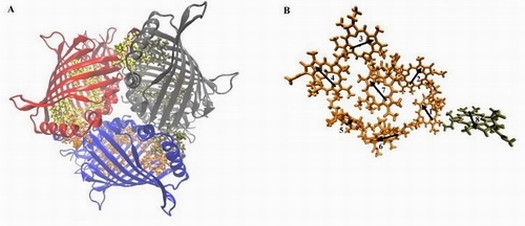

Excitonic energy transfer in
light-harvesting complexes in purple bacteria 
J.
Ye, K.W. Sun, Y. Zhao, Y. Yu, C. Lee, and J.S. Cao, Journal of Chemical
Physics (2012)

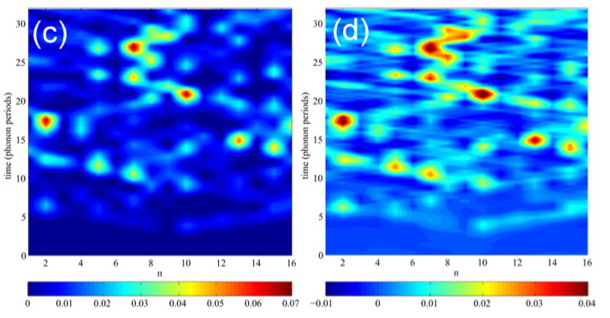

Resonant
Energy Transfer via Off-Diagonal Coupling 
N. Wu, K.W. Sun, Z. Chang, and Y. Zhao, Journal of Chemical
Physics 136 , 124513 (2012)

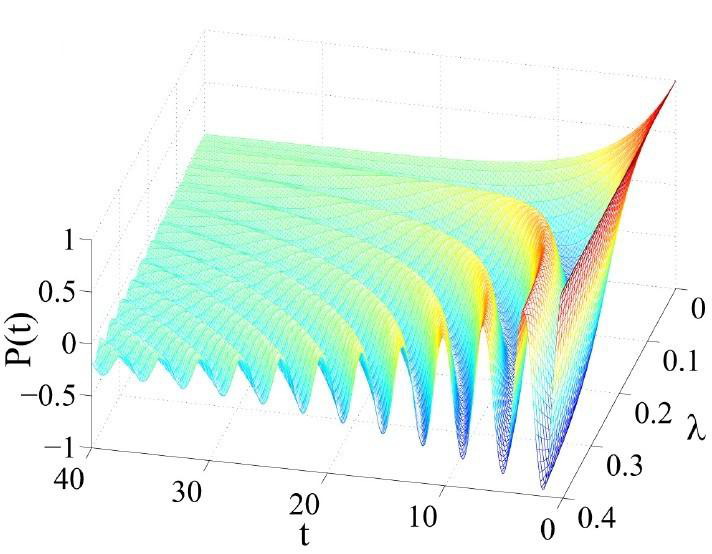
Long-range
Energy Propagation in Nano-Engineered LH2 Antenna Arrays 
G.
Yang, N. Wu, T. Chen, K.W. Sun, and Y. Zhao, J. Phys. Chem. C 116 ,
3747 (2012)

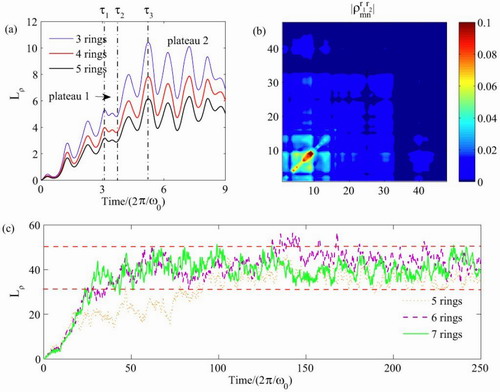

Micromagnetics for Nanoarrays

B.
Yang and Y. Zhao, J. Appl. Phys. 110 , 103908 (2011)

Electrical
Percolation in Nanocomposites 
X.
Zeng, X. Xu, P.M. Shenai, E. Kovalev,
C. Baudot, N. Mathews, and Y. Zhao, J. Phys.
Chem. C 115 , 21685 (2011)

Appeared
in the Shaul Mukamel
Festschrift...
Improved
results have been obtained on the temperature dependence of transport
properties of an extended Holstein molecular crystal model incorporating
simultaneous diagonal and off-diagonal exciton-phonon
coupling. The Hamiltonian is partially diagonalized
by a canonical transformation and the optimal coefficients for the canonical
transformation are determined in a self-consistent manner. Calculated
transport properties exhibit substantial corrections on those obtained
previously by Munn and Silbey for a wide range of
temperatures thanks to the numerically exact evaluation and added
momentum-dependence of the transformation matrix. Results of the diffusion
coefficient in the moderate and weak coupling regime show distinct
band-like and hopping-like transport features as a function of temperature.

D.M.
Chen, J. Ye, H.J. Zhang, and Y. Zhao, J. Phys. Chem. B 115 ,
5312 (2011).



Success
of Dr Zhao's CRP team in the news* !

Media reports on the 2010 award (including those from USA
Today and Business Times)

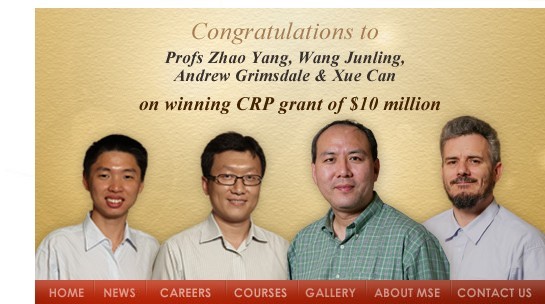

* Note: The full CRP team is
composed of Drs Y. Zhao, J.L. Wang, H.S. Tan, A. Grimsdale,
C. Xue, T.C. Sum & H.D. Sun.
|